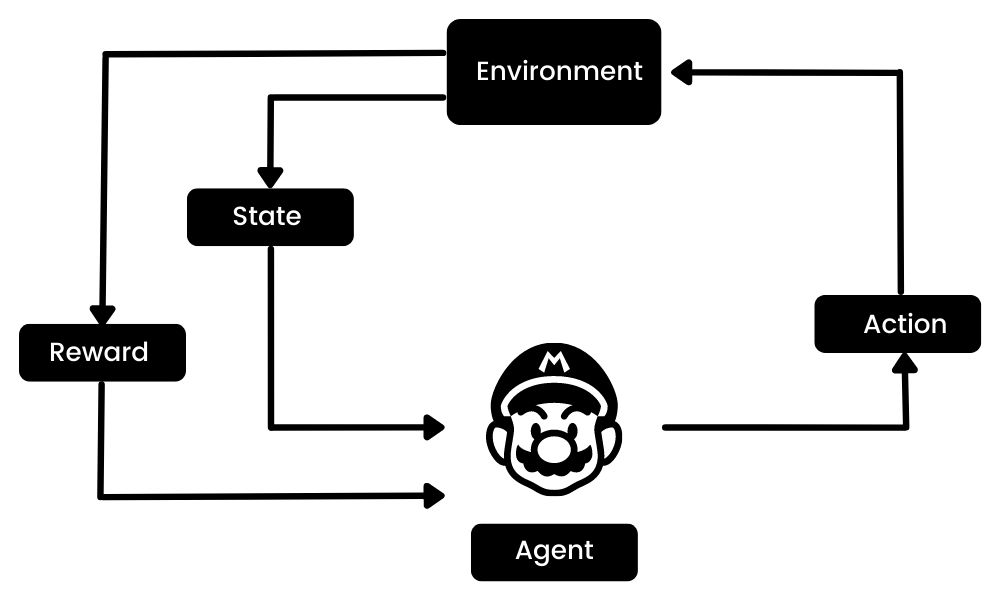
AI’s Rapid Leap: New Breakthroughs in Reinforcement LearningAI’s Rapid Leap: New Breakthroughs in Reinforcement Learning Artificial intelligence (AI) is rapidly transforming various industries, and one of the most significant advancements has been the emergence of reinforcement learning (RL). RL enables AI systems to learn from their experiences and make decisions in complex environments, even without explicit programming. Recent Breakthroughs * DeepMind’s AlphaFold: This AI system achieved a major breakthrough in protein structure prediction, offering potential applications in drug discovery and medical research. * OpenAI’s Dactyl: A robotic hand that learns to perform complex tasks, such as grasping and manipulation, through self-play and reinforcement. * Google DeepMind’s Gato: A multi-modal AI system that can perform a wide range of tasks, including language generation, image recognition, and game playing. Advantages of Reinforcement Learning * Data Efficiency: RL algorithms can learn from sparse rewards, eliminating the need for massive datasets. * Autonomous Learning: AI systems can learn without human intervention, making them ideal for complex and dynamic environments. * Robustness: RL-trained models are often more robust to changes in the environment and can handle unforeseen situations. Applications RL is finding applications in various fields, including: * Robotics: Enabling robots to navigate, manipulate objects, and interact with humans. * Transportation: Optimizing logistics, traffic flow, and autonomous vehicle operation. * Healthcare: Assisting in medical diagnosis, treatment selection, and drug development. * Finance: Trading, risk management, and portfolio optimization. Challenges and Future Directions Despite its advancements, RL still faces challenges, such as: * Scalability: Extending RL algorithms to larger and more complex environments. * Interpretability: Making RL models more understandable and explainable. * Sample Efficiency: Developing RL algorithms that can learn from fewer experiences. Future research directions include: * Hierarchical RL: Breaking down complex tasks into smaller subtasks to improve learning efficiency. * Meta-RL: Enabling AI systems to learn how to learn, adapting to new problems faster. * RL in Real-World Scenarios: Applying RL to practical applications and evaluating its performance in real-world environments. Conclusion Reinforcement learning is rapidly advancing the field of AI, offering transformative capabilities for various industries. By enabling AI systems to learn from their experiences, RL is unlocking new possibilities in autonomy, efficiency, and robustness. Continued research and advancements will further drive AI’s progress and its impact on our world.
Posted inNews